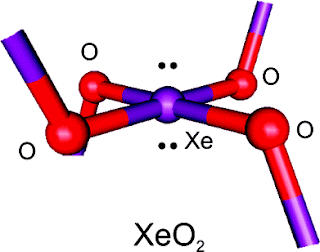 |
Photo by Dr. Philip Hampton Samantha Guhan seals a test tube filled with plant material and dry ice. The dry ice will melt upon heating to produce a liquid CO2, which extracts the plant oils. |
Samantha Guhan (pictured above) is working with Hampton to develop a liquid CO2 extraction experiment aimed to retire a steam distillation method. “The steam distillation of plant material generates both organic and aqueous waste,” said Hampton. “In contrast, the liquid CO2 experiment uses only dry ice and the isolated plant oil can be dissolved in only 2 mL of organic solvent.” Other green chemistry projects underway in Hampton’s lab include replacing acid catalysts with polymeric resins to reduce chemical waste, the development of a new aqueous Wittig reaction that would generate fewer side products and continuous processing reactions that Hampton said can result in “very small quantities of material being made at any given moment.” In general the promotion of microscale chemistry, or small-scale chemistry, has significantly contributed to the development of greener experiments.
Though the advantages to using such techniques are clearly significant, there have been criticisms. One concern is that the skills students will acquire while working with microscale kits won’t be easily translatable to a job in the industry. Hampton reassured that this drawback is easily remedied through the employment of a few specially selected macroscale experiments where students can gain experience “making larger quantities of something, doing a typical distillation or doing a typical separatory funnel extraction.”
In addition to reducing waste, Hampton’s campaign for change also promotes a safer world. He mentioned that with the chemical company fires in Japan and other environmental issues taking place on a global scale this is a “prime time for us to be thinking about how we can do things safer.” Contact Dr. Hampton in the Chemistry Department if you are interested in joining the team to develop ways to swap out our old-fashioned approaches with new green chemistry techniques.


